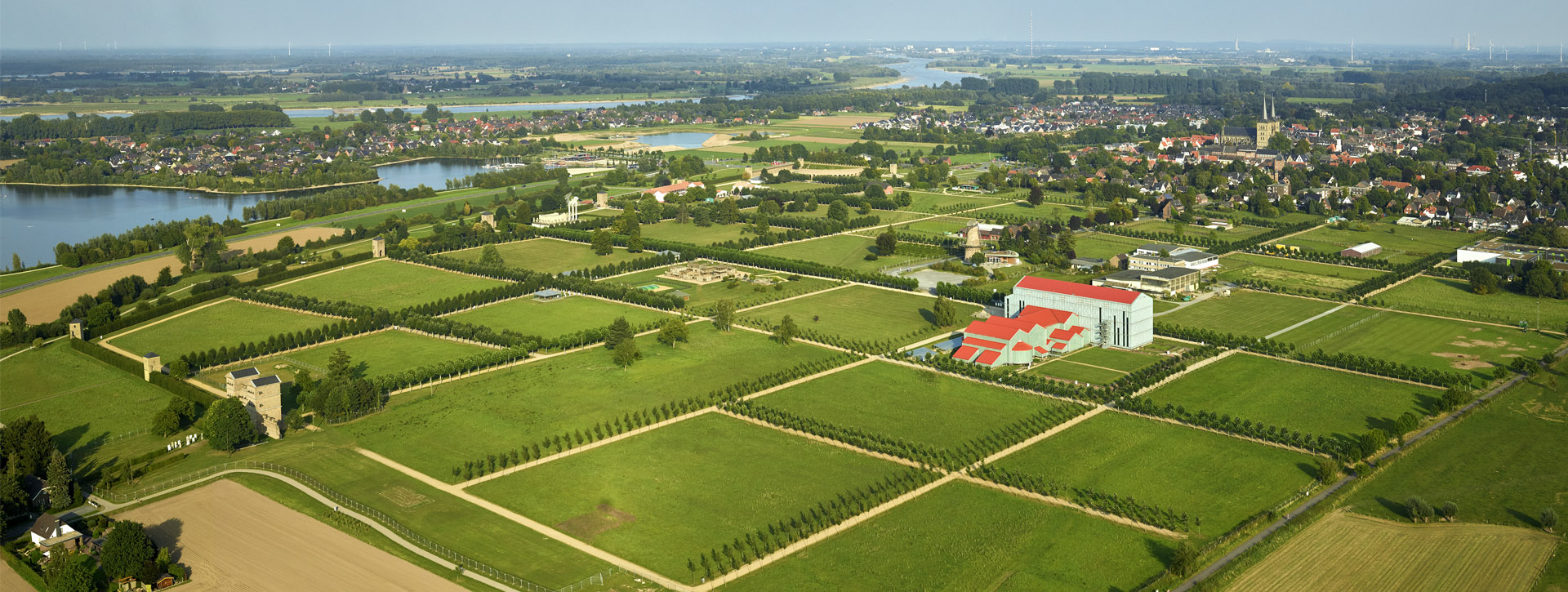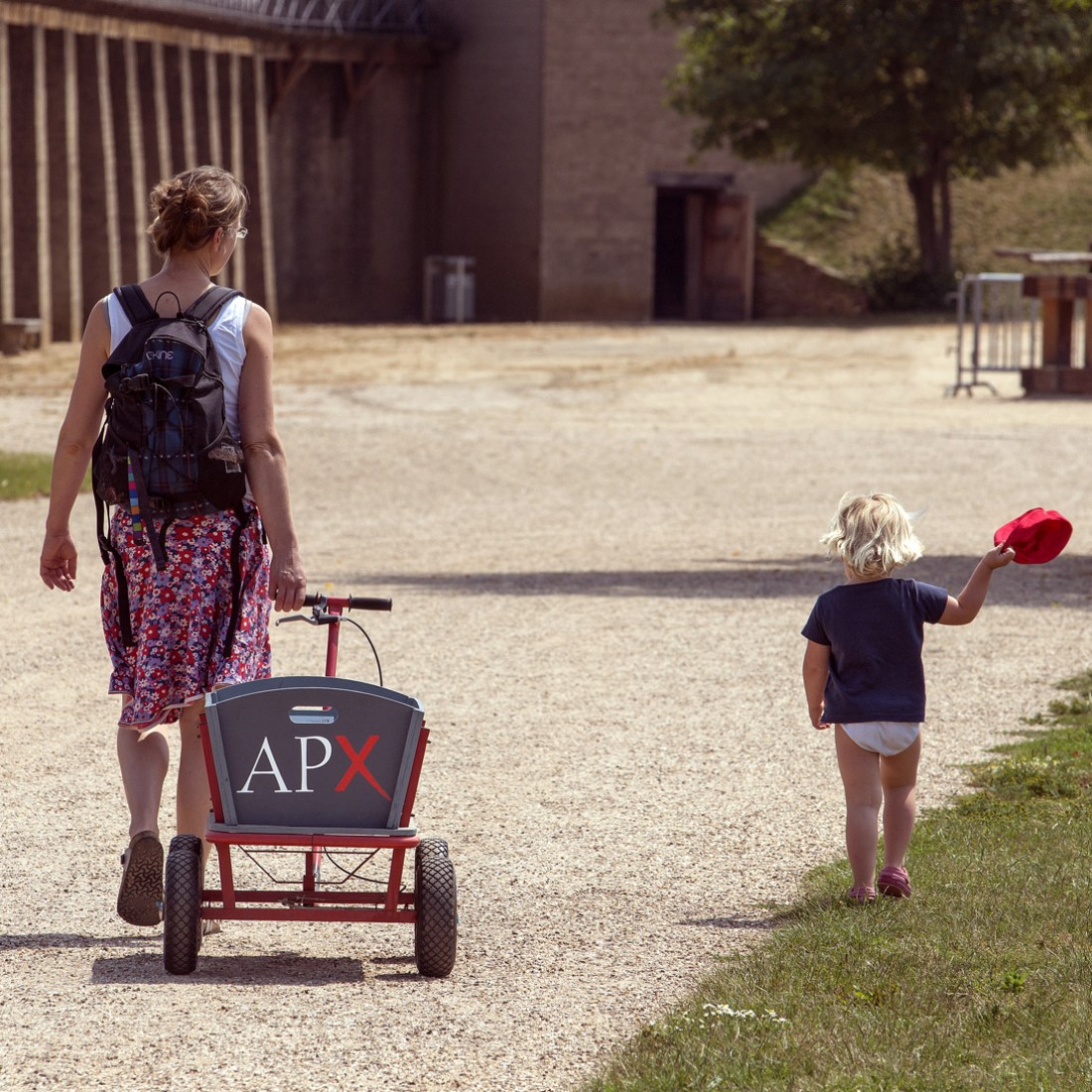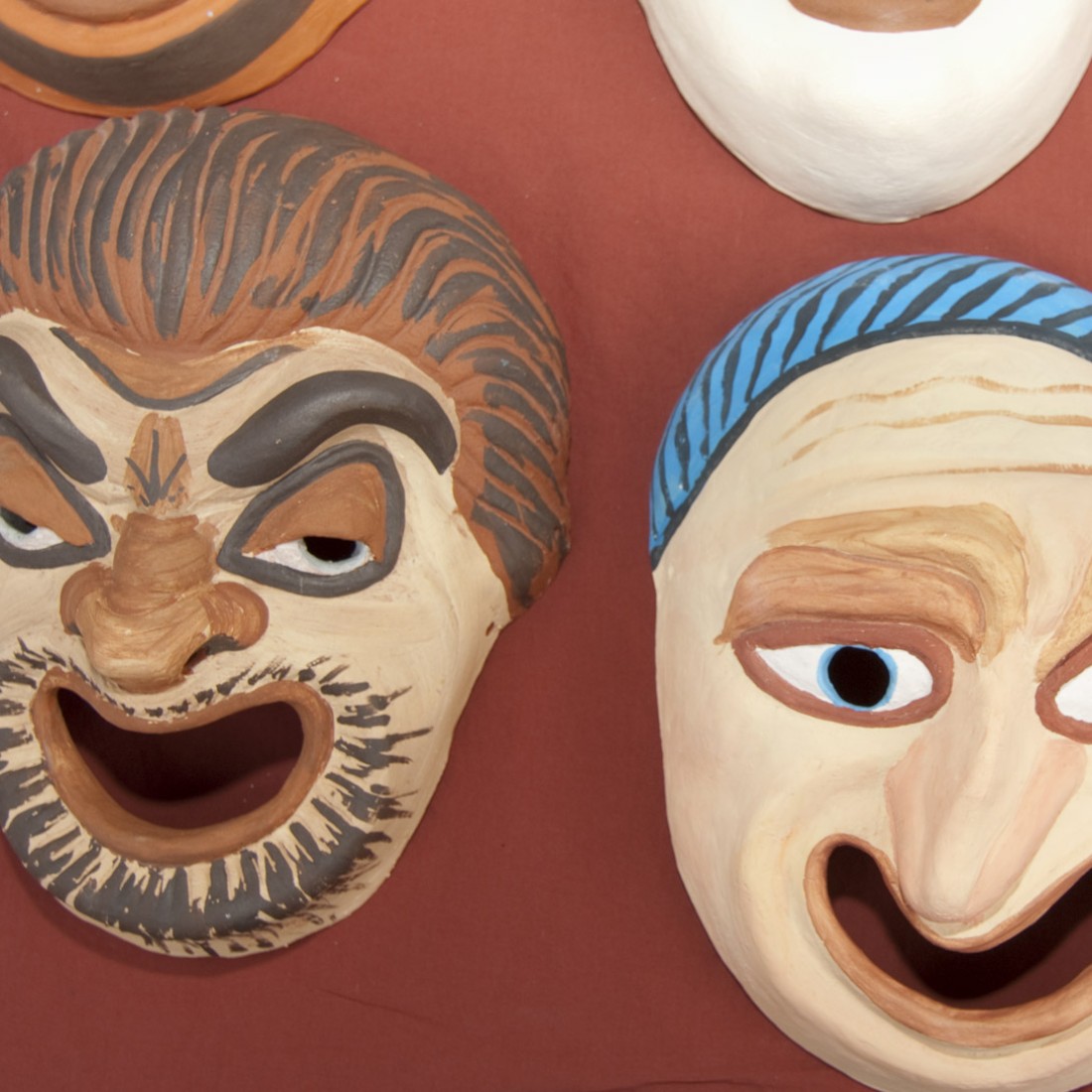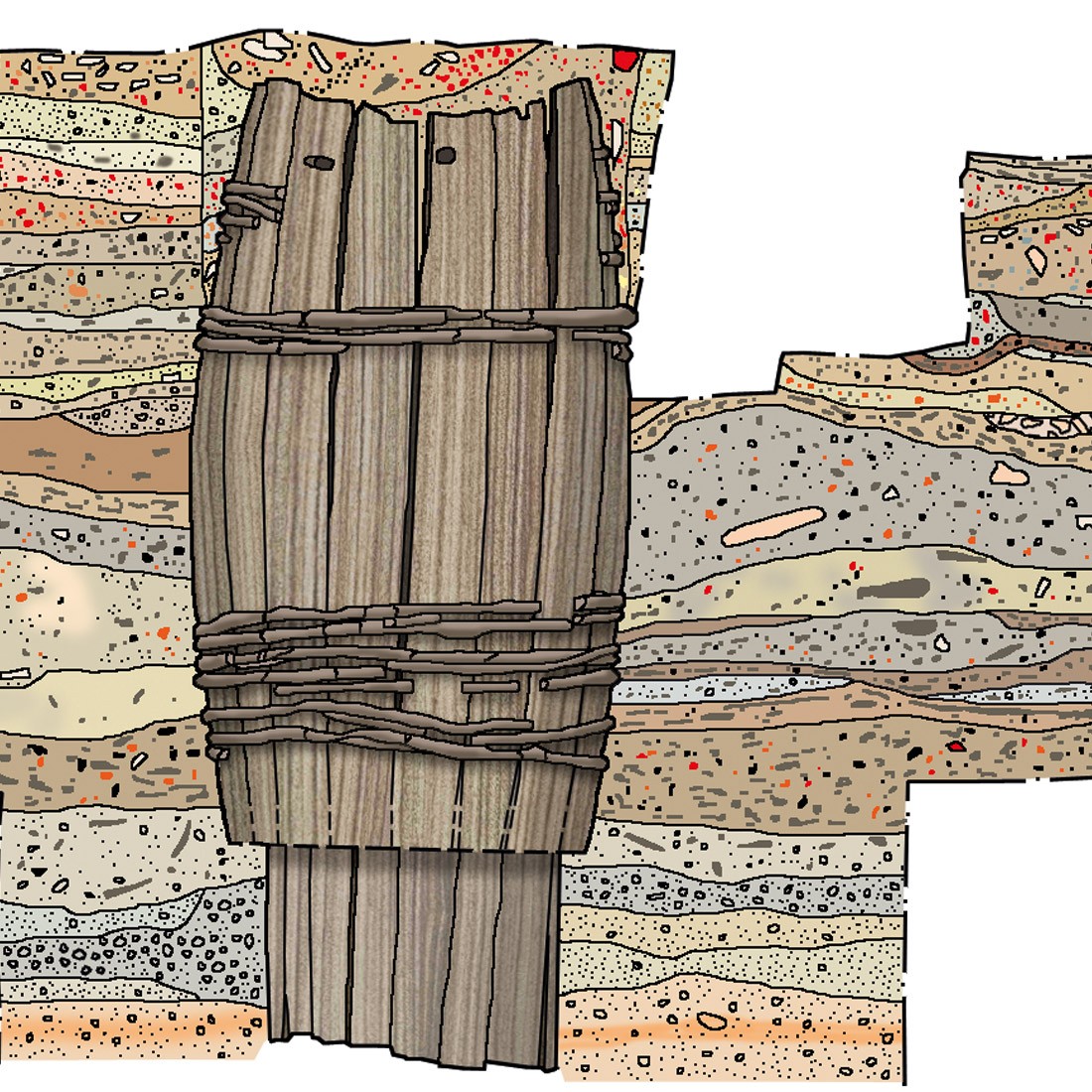Highlights in the Park
For almost 50 years, the LVR Archaeological Park Xanten has been researching, communicating and preserving the remains of the Roman city of Colonia Ulpia Traiana. In ancient times, Colonia Ulpia Traiana was part of the Lower Germanic Limes. Since 2021, the remains of the city have been part of the Lower Germanic Limes UNESCO World Heritage Site.
Today, visitors can view the replicas of the Roman buildings in the APX, stroll through the tunnels of the amphitheatre or the countless green avenues of the park or take a look inside the authentic craftsmen's houses. Only remnants of the original buildings remain in the ground, but the attractions in the LVR Archaeological Park Xanten vividly show how the inhabitants of Roman Xanten lived and worked.
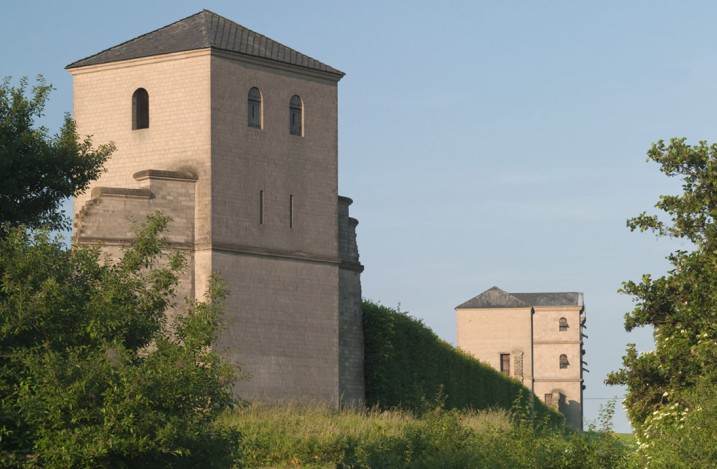
The city wall and gates
As befits a Roman city, the Colonia Ulpia Traiana was also surrounded by a monumental wall. The wall not only served to protect the city, but was also a symbol of power and culture. The city was surrounded by 3.4 kilometres of wall. Of the 22 towers that probably once surrounded the city, 9 towers and a section of the wall as well as the north gate have been reconstructed today.
Amphitheatre
As a centre of entertainment, the amphitheatre was one of the highlights of the Colonia Ulpia Traiana. Gladiator fights and animal fights took place here. With 40,000 tonnes of stone, the arena was a real eye-catcher. Visitors can find out more about the spectacles that took place in the amphitheatre in the gladiator exhibition, which is located in the corridors of the amphitheatre.
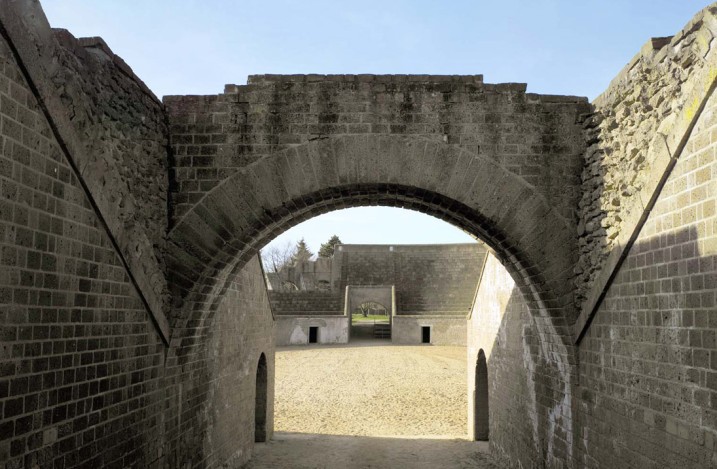
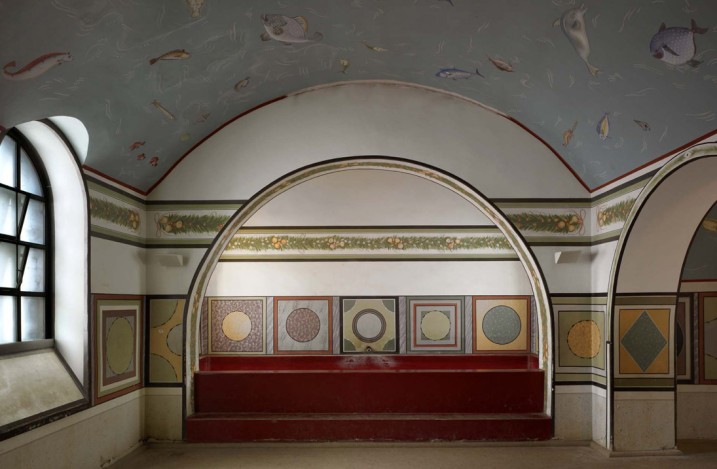
Roman hostel
Travelling in ancient times was usually long and not very comfortable. The hostel of the Colonia Ulpia Traiana, which was located not far from the harbour, offered travellers comfortable accommodation, hospitality and the delights of a hot bathhouse. Anyone wishing to visit an ancient kitchen, a ‘Roman’ fridge or the Colonia's herb gardens should definitely visit the hostel. The highlight, however, is the replica of the Herbergstherme. Both the replica hypocausts and the wall paintings and water basins vividly show how the Romans bathed a good 2000 years ago.
Roman craftsmen's houses
Craftsmen made up a large proportion of the ancient population. Visitors can find out how ordinary people lived and worked in the Colonia Ulpia Traiana in the replicas of the Roman craftsmen's houses. The three different craftsmen's houses showcase the professions of blacksmiths and weavers. One of the craftsmen's houses is hollow on the inside and vividly demonstrates how clay half-timbered houses were built in antiquity and recreated in the LVR Xanten Archaeological Park.
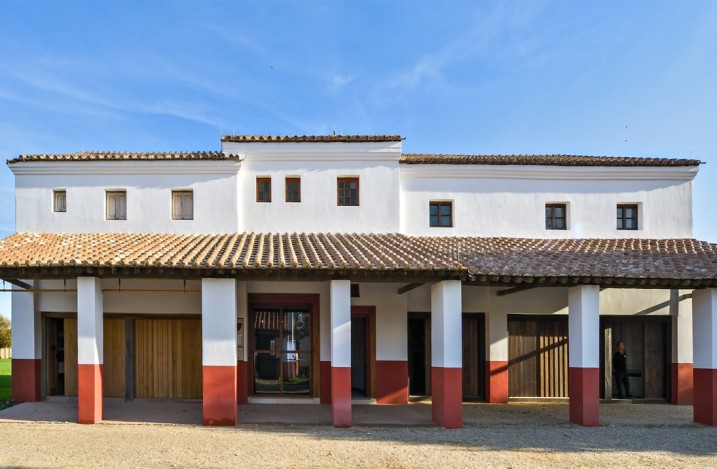

Harbour temple
The harbour temple could be seen from the Rhine by all travellers approaching Colonia Ulpia Traiana. The magnificent building was like a landmark of Roman culture for those arriving. At 25 metres high, the harbour temple was the second largest temple in the city after the Capitol. It is no longer known which deity the Roman temple was dedicated to. The building was given its unusual name during the excavations because of its proximity to the harbour.
The great baths
The large city baths of the Colonia Ulpia Traiana resembled a palace in many respects. The well-preserved remains of the massive foundation walls, bathing pools, heating channels and fireplaces can be seen under a protective structure whose outer form reflects the monumental dimensions of the ancient building. The thermal baths were much more than a facility for relaxation and body care. The baths were the meeting place and social centre of a Roman city par excellence. This is where people met with neighbours and friends, exchanged news, did business and sometimes even politics.
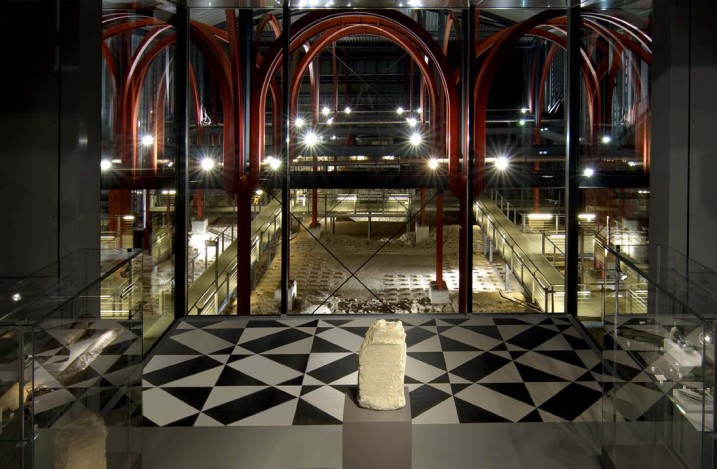

The Roman ships
The team of shipbuilders has built six ships in the archaeological park so far. As part of this project, the LVR Integration Office and the APX created the inclusive wood workshop, which enables young people to train in woodworking. Today, however, the inclusive wood workshop in the shipyard builds wooden objects for the APX, such as authentic Roman furniture. During the week, visitors can look over the shoulders of the wood workshop employees from 11 am to 5 pm. Work is suspended at weekends and on public holidays. The ships are accessible during regular opening hours outside the winter season.
The ‘Coffee Mill’
The magnificent baroque windmill is a landmark visible from almost everywhere in the park. Today it houses a cosy café with a large sun terrace and a delicious range of food and drinks. The ideal place for a break!
The KaffeeMühle can be rented for events. It can be reached by telephone on +49 (0)2801 988 3907.
The KaffeeMühle can be rented for events. It can be reached by telephone on +49 (0)2801 988 3907.
Please note: The Taberna in the Roman hostel is open on Saturdays, Sundays and public holidays.


Playgrounds
The real highlights of the archaeological park for children are often the playgrounds. The large adventure playground, the water playground and a huge bouncy cushion invite young visitors to let their energy run free. Meanwhile, adults can relax on the benches and tables in the shade of the trees or lie down on the grass. A modern visitor toilet with washing and changing tables then offers the opportunity to clean the sand off the children. There is also a small playground right next to the KaffeeMühle.


